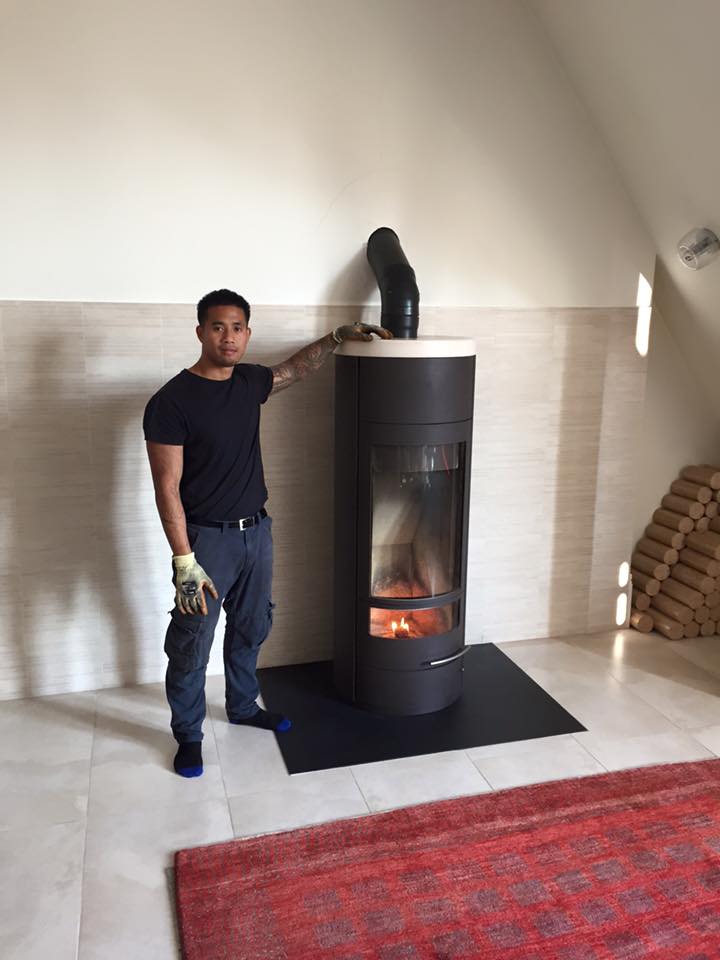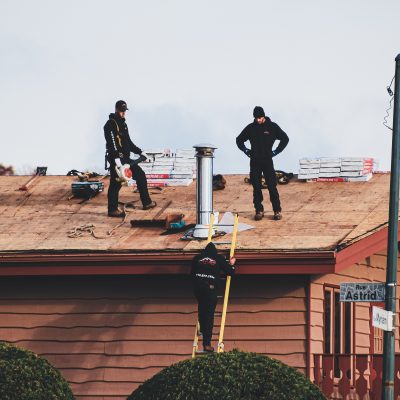Will a Wood Burning Stove Save Me Money?

Gas and energy prices have been steadily increasing in recent years. The price of wood has been relatively stable. You can cut your bills by up to a third with a stove – though with the cost of the appliance and installation it takes a couple of years before a stove starts to pay for itself.
What Type of Stove do I need?

Solid fuel stoves are suitable for wood burning. If you plan on using smokeless fuel rather than wood (or a combination of the two) then you will need a multi fuel stove.
Wood offers the welcoming sights and smells of a fire. It’s an eco-friendly fuel source and burns cleanly and efficiently when properly seasoned. If you live in a smoke control area like London then speak to your supplier about Defra-approved stoves that are exempt from legislation.
Smokeless fuel does exactly what it says on the tin. It burns longer and hotter, and so proves very efficient. If you’re using stoves in London then smokeless fuel is also exempt from smoke control area regulations.
What Size Stove do I need?

You need to be sure your stove is the optimum size for heating the room comfortably – neither too cold nor too hot. To get a rough idea you should calculate room length x room width x room height, which gives the volume in cubic metres. This then needs to be divided by an adjustment factor. Using 10 for a cold, poorly insulated room and up to 20 for a warm, well-insulated room, divide the room volume by this figure to calculate the rough amount of kilowattage the stove will need. Suppliers will always calculate the most efficient stove for your home.
Will Anything need doing to My House?

Another consideration is that chimneys have to be efficient enough to cope with a wood burning stove. Stoves require an efficiency rating of at least a 65%. If your chimney does not take up flue gasses properly then it will impact on the stove’s performance. Stove suppliers will test your chimney flue and can advise about chimney relining to improve efficiency.





